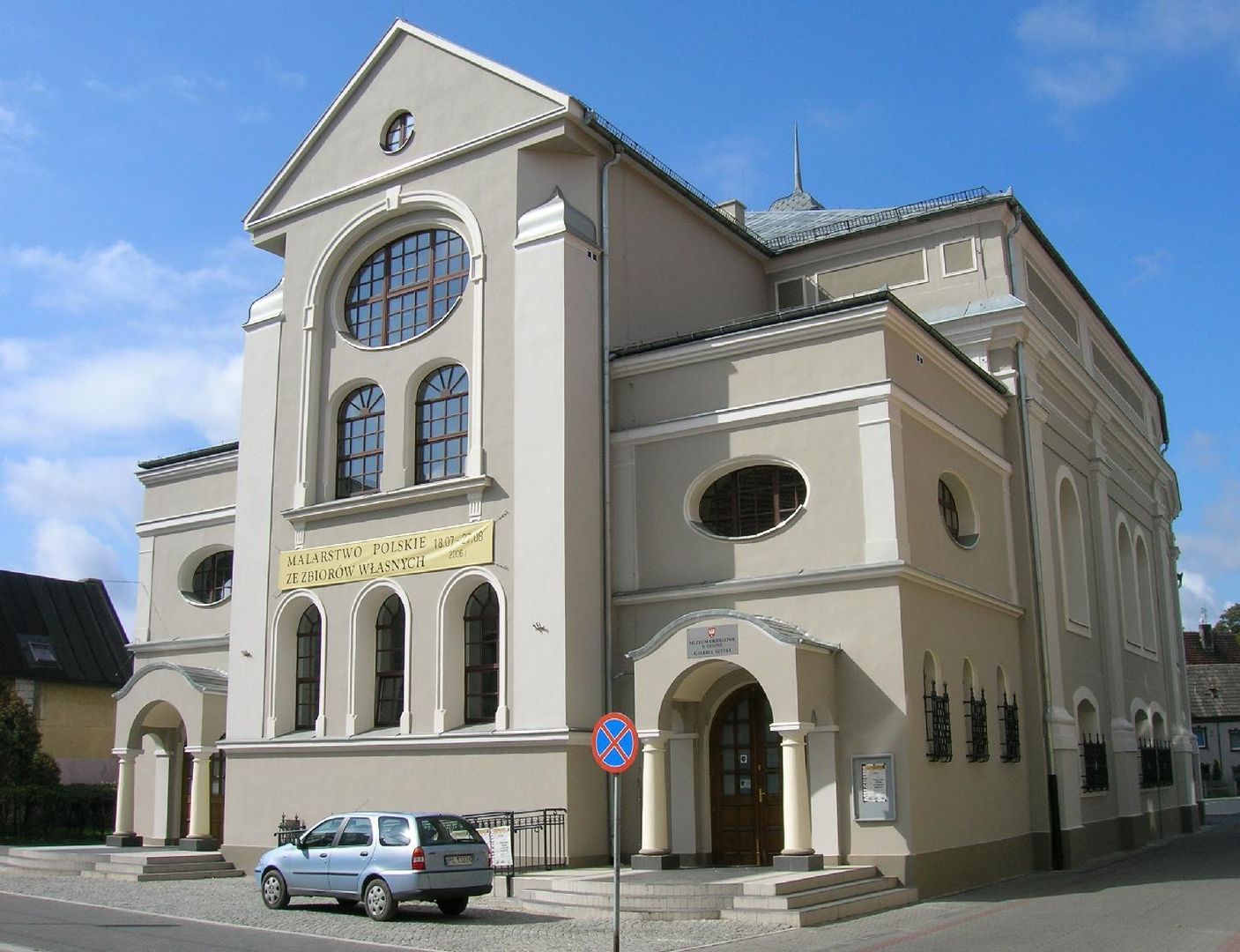New Synagogue in Leszno
8.02

Overview
The New Synagogue in Leszno, located on Gabriel Narutowicz Street, is one of the largest and best-preserved synagogues in the Greater Poland Voivodeship. Built between 1796 and 1799 on the site of an old synagogue, its construction was authorized by Bishop Antoni Onufry Okęcki and primarily funded by the Jewish community. The grand opening took place on March 2, 1799, accompanied by traditional Hebrew songs.
Due to the community's financial difficulties in 1833, the synagogue came under the care of Dawid Mankiewicz, who ensured its continued use for the local Jewish population. It underwent renovation in 1867 and a major reconstruction in 1905, which transformed it into the Byzantine-Moorish style. The main prayer hall was equipped with modern organs and adorned with polychrome decorations.
Sadly, after World War II, the synagogue lost its original function and was repurposed as a storage space for miscellaneous items. During the Polish People's Republic era, it suffered further neglect, though attempts were made to adapt it for cultural use. In 1991, the building was added to the register of historical monuments, and a year later, it was taken over by the District Museum in Leszno. After legal disputes over ownership were resolved, the synagogue was fully restored in 2006, regaining its former splendor and becoming a vibrant cultural venue.
Today, the synagogue stands as a key part of Leszno's cultural heritage, preserving the memory of the region’s rich Jewish history and traditions.
Location
2025 Wizytor | All Rights Reserved